Lifting a shipping container is a task that demands precision, the right equipment, and adherence to safety protocols. At CarMax Vehicle, we specialize in providing robust solutions that facilitate the efficient handling of shipping containers. Whether you’re involved in logistics, construction, or any industry requiring the movement of heavy loads, understanding the intricacies of container lifting is paramount. This guide delves into the methodologies, equipment, safety measures, and best practices to ensure seamless container lifting operations.
Understanding the Basics of Shipping Container Lifting
Before delving into the methods and equipment, it’s essential to comprehend the fundamental aspects of shipping container lifting. Shipping containers come in various sizes and weights, commonly ranging from 20 to 40 feet in length and weighing between 2.5 to 30 tons when fully loaded. The lifting process involves elevating these containers using specialized equipment to facilitate transportation, stacking, or unloading.
Key Factors to Consider
- Container Size and Weight: Determine the dimensions and weight of the container to select appropriate lifting equipment.
- Lifting Height: Ascertain the required height to which the container needs to be lifted.
- Environment: Evaluate the operational environment, including space constraints and ground conditions.
- Safety Regulations: Adhere to local and international safety standards governing container handling.
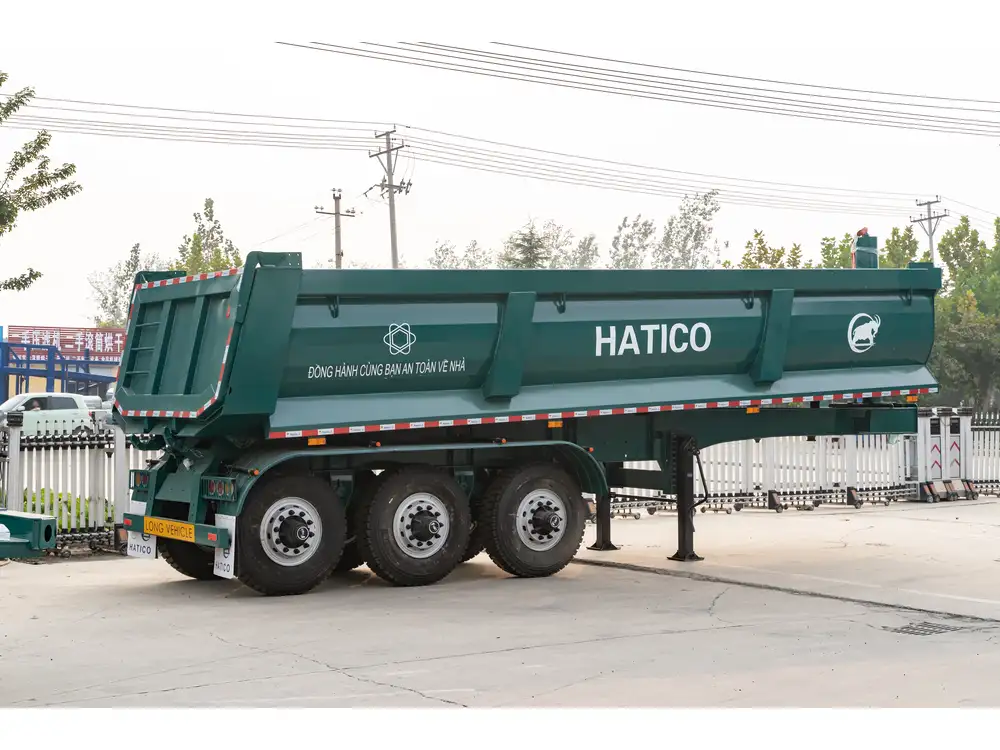
Equipment for Lifting Shipping Containers
Selecting the right equipment is crucial for the effective and safe lifting of shipping containers. Below is a detailed overview of the primary equipment used in container lifting operations.
1. Forklift Trucks
Forklifts are versatile machines widely used for lifting containers, especially in warehouse and port settings.
| Feature | Description |
|---|---|
| Capacity | Typically range from 3 to 40 tons |
| Lift Height | Up to 20 feet or more, depending on the model |
| Maneuverability | Suitable for confined spaces due to compact designs |
| Versatility | Can handle various container sizes with appropriate attachments |
Advantages:
- High maneuverability
- Suitable for indoor and outdoor use
- Quick lifting and lowering capabilities
Disadvantages:
- Limited lift height compared to other equipment
- Dependent on operator skill for safe handling
2. Cranes
Cranes are indispensable for lifting heavy containers, especially for high-altitude tasks and large-scale operations.
| Type of Crane | Applications |
|---|---|
| Mobile Cranes | Flexible use on various sites, suitable for multiple lifting tasks |
| Overhead Cranes | Ideal for industrial settings with fixed lifting points |
| Gantry Cranes | Used in shipyards and large open spaces |
| Tower Cranes | Common in construction for lifting heavy loads to great heights |
Advantages:
- High lifting capacity
- Greater lift heights achievable
- Suitable for a wide range of container sizes
Disadvantages:
- Requires significant setup space
- Higher operational costs
- Requires skilled operators

3. Hydraulic Jacks and Lifting Frames
Hydraulic jacks and lifting frames provide a stable foundation for raising containers, especially for maintenance or repositioning.
| Type | Function |
|---|---|
| Hydraulic Jacks | Apply force to lift containers incrementally |
| Lifting Frames | Provide structural support during lifting |
Advantages:
- Precision in lifting increments
- Enhanced stability
- Cost-effective for smaller operations
Disadvantages:
- Limited lifting capacity
- Slower lifting process compared to cranes and forklifts
4. Straddle Carriers
Straddle carriers are designed for lifting containers by the top and transporting them across large areas.
| Feature | Description |
|---|---|
| Capacity | Up to 40 tons |
| Mobility | Equipped with large wheels for traversing container yards |
| Stability | Wide base for enhanced stability during transport and lifting |
| Efficiency | High-speed operations for rapid container movement |
Advantages:
- High lifting capacity
- Efficient for large container yards
- Capable of handling multiple containers simultaneously
Disadvantages:
- Requires ample space for operation
- High initial investment cost
Step-by-Step Process for Lifting a Shipping Container
Executing the lifting process meticulously ensures safety and efficiency. Here’s a detailed, step-by-step guide to lifting a shipping container:
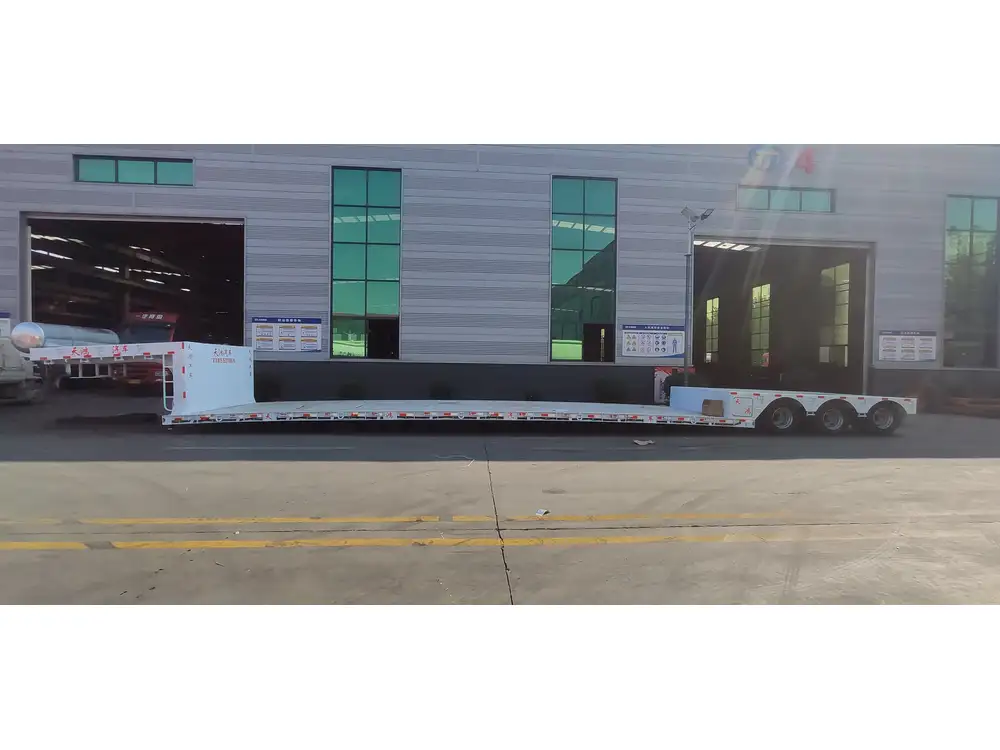
Step 1: Planning and Assessment
- Evaluate Container Specifications: Determine the size, weight, and structural integrity of the container.
- Select Appropriate Equipment: Based on the container’s weight and the lifting height required.
- Site Inspection: Assess the lifting site for any obstacles or potential hazards.
- Develop a Lifting Plan: Outline the steps, equipment setup, and safety measures.
Step 2: Preparing the Equipment
- Inspect Equipment: Ensure all lifting equipment is in optimal condition and certified for use.
- Set Up Equipment: Position cranes, forklifts, or other machinery as per the lifting plan.
- Attach Lifting Gear: Use suitable slings, shackles, and chains to secure the container.
Step 3: Securing the Container
- Check Container Integrity: Inspect for any damages or weak points before lifting.
- Attach Lifting Points: Securely fasten lifting hooks or straps to the designated lifting points on the container.
- Balance the Load: Ensure the container is evenly balanced to prevent tipping during lifting.

Step 4: Lifting the Container
- Gradual Lifting: Begin lifting slowly to allow the equipment to adjust and stabilize the container.
- Monitor Movement: Keep an eye on the container’s alignment and balance throughout the lift.
- Maintain Communication: Ensure clear communication between the operator and ground crew.
Step 5: Transporting the Container
- Move to Destination: Carefully transport the container to the desired location following the planned route.
- Navigate Obstacles: Maneuver around any obstacles, maintaining a steady pace to avoid sudden movements.
- Positioning: Place the container accurately in the intended spot, whether stacking, loading onto another vehicle, or storing.
Step 6: Securing the Container Post-Lift
- Lower the Container: Gently lower the container onto a stable surface or onto supporting equipment.
- Disconnect Lifting Gear: Remove all slings, chains, and hooks once the container is securely in place.
- Final Inspection: Conduct a thorough inspection to ensure the container is stable and there are no signs of shifting or damage.
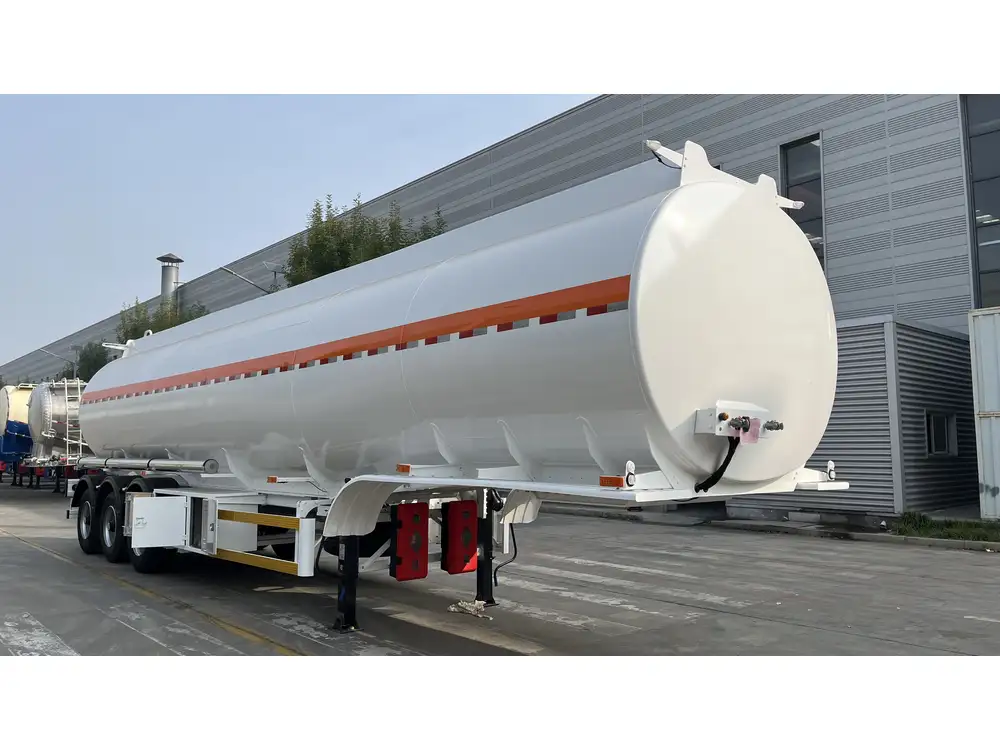
Safety Measures in Container Lifting Operations
Safety is paramount in container lifting to prevent accidents, equipment damage, and injuries. Implementing comprehensive safety protocols is essential.
Essential Safety Practices
- Training and Certification: Ensure all operators and personnel are adequately trained and certified.
- Use of Personal Protective Equipment (PPE): Mandate the use of helmets, gloves, safety boots, and high-visibility clothing.
- Regular Equipment Maintenance: Conduct routine inspections and maintenance of all lifting equipment.
- Clear Communication: Utilize hand signals or radio communication to maintain clear and consistent communication among the team.
- Load Assessment: Verify that the container’s weight does not exceed the equipment’s capacity.
- Environmental Awareness: Be mindful of weather conditions and ground stability that could impact lifting operations.
Risk Mitigation Strategies
- Implementing Safety Barriers: Establish exclusion zones to keep unauthorized personnel away from the lifting area.
- Emergency Response Plans: Develop and communicate procedures for handling emergencies or equipment failures.
- Regular Safety Audits: Conduct frequent safety checks to identify and rectify potential hazards promptly.

Best Practices for Efficient Container Lifting
Adhering to best practices enhances the efficiency and effectiveness of container lifting operations. Here are key strategies to optimize your lifting processes:
1. Proper Equipment Selection
Choosing the right equipment based on container size, weight, and lifting requirements is fundamental. Oversized or undersized equipment can lead to inefficiencies and safety risks.
2. Comprehensive Training Programs
Investing in training ensures that all personnel are proficient in operating lifting equipment and aware of safety protocols.

3. Pre-Lift Inspections
Conduct thorough inspections of both the container and lifting equipment before commencing any lifting operation to identify and address potential issues.
4. Effective Communication
Maintain clear and continuous communication among all team members to coordinate lifting activities smoothly and respond quickly to any changes or emergencies.
5. Optimizing Lifting Sequences
Plan and execute lifting sequences methodically to maximize efficiency, such as coordinating multiple lifts or aligning lifts with other operational tasks.
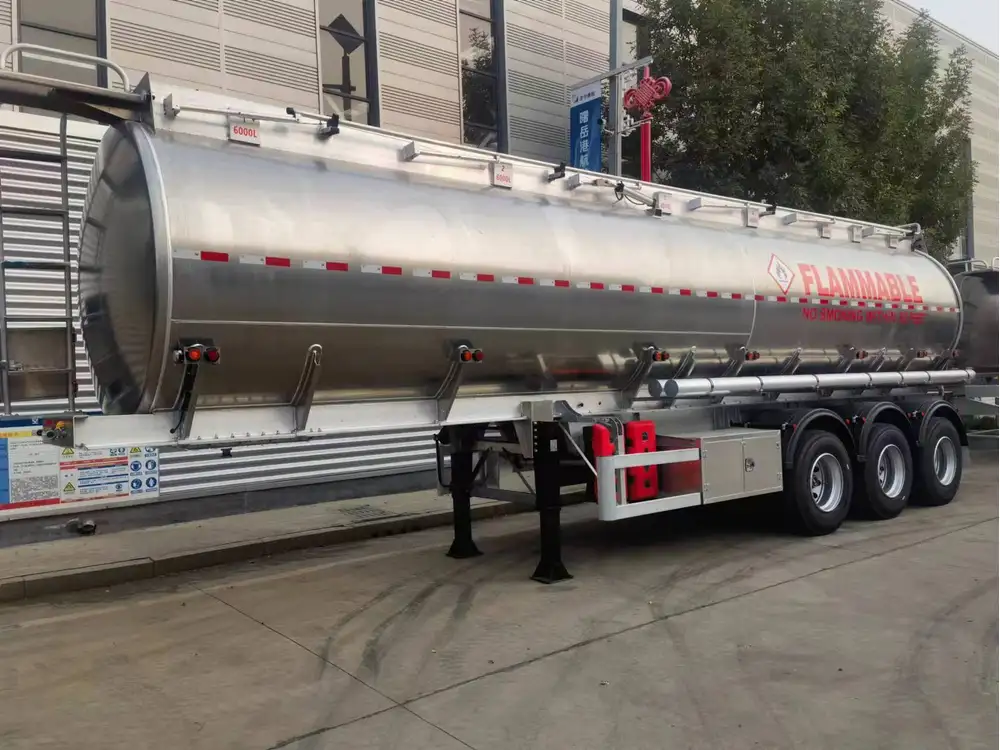
6. Implementing Technological Solutions
Utilize technology such as lifting monitoring systems, GPS tracking, and automated safety features to enhance precision and safety in lifting operations.
Comparing Container Lifting Methods
Understanding the differences between various lifting methods helps in selecting the most suitable approach for specific scenarios. Below is a comparison of common container lifting methods:
| Lifting Method | Capacity | Lift Height | Speed | Space Requirement | Cost | Best For |
|---|---|---|---|---|---|---|
| Forklifts | Low to Medium | Moderate | Fast | Limited | Moderate | Warehousing, small-scale operations |
| Cranes | High | High | Variable | Large | High | Construction, large-scale lifting |
| Hydraulic Jacks | Low | Low | Slow | Minimal | Low | Maintenance, repositioning |
| Straddle Carriers | High | Moderate | Very Fast | Extensive | Very High | Container ports, large yards |
| Overhead Cranes | Medium to High | High | Moderate | Fixed infrastructure | High | Industrial facilities, manufacturing |
Leveraging CarMax Vehicle Solutions for Container Lifting
At CarMax Vehicle, we offer state-of-the-art solutions tailored to meet the diverse needs of container lifting across various industries. Our range of semitrailers is engineered to provide durability, reliability, and efficiency, ensuring seamless integration with your lifting operations.
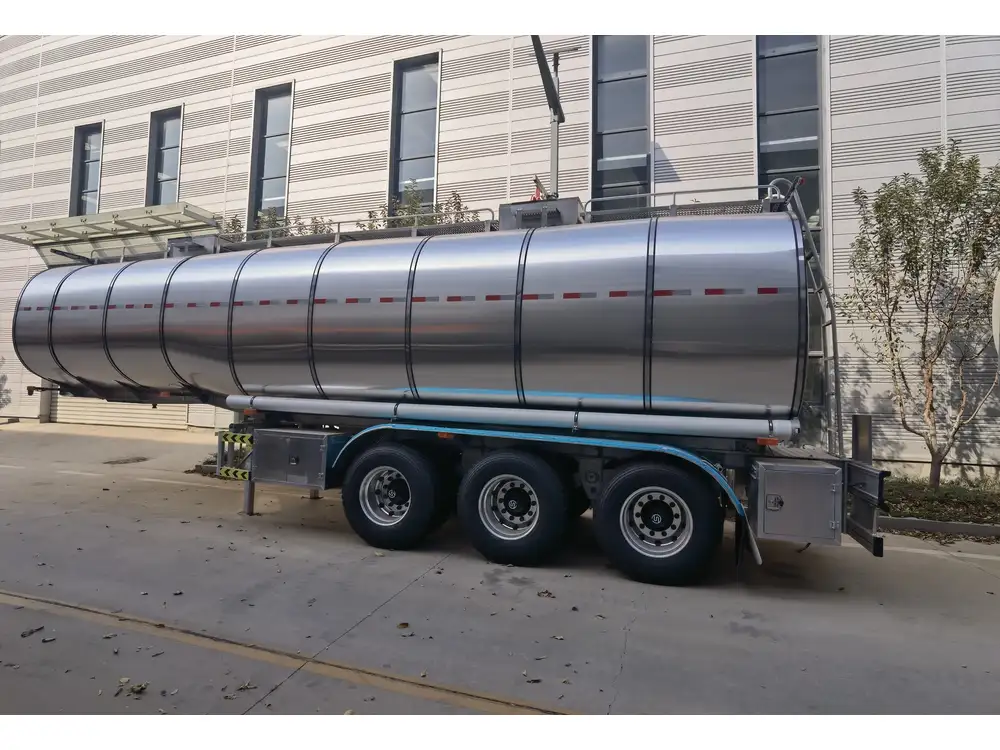
Our Product Offerings
- Customizable Semitrailers: Designed to accommodate different container sizes and weights, facilitating versatile lifting applications.
- Integrated Lifting Systems: Advanced systems embedded within our trailers to streamline the lifting and transportation process.
- Safety-Enhanced Designs: Features such as reinforced frames, secure locking mechanisms, and user-friendly controls to bolster operational safety.
- Eco-Friendly Options: Environmentally conscious designs that reduce emissions and enhance fuel efficiency without compromising performance.
Why Choose CarMax Vehicle?
- Expertise: Decades of experience in manufacturing and logistics provide us with unparalleled insights into effective container handling.
- Quality Assurance: Rigorous quality control processes ensure that our products meet the highest standards of durability and performance.
- Customer Support: Dedicated support teams are available to assist with equipment selection, maintenance, and operational guidance.
- Innovation: Commitment to continuous improvement and incorporation of the latest technologies to enhance lifting efficiency and safety.
Advanced Techniques in Shipping Container Lifting
To further optimize container lifting operations, implementing advanced techniques can yield significant benefits in terms of speed, safety, and efficiency.

Precision Lifting with Automated Systems
Automated lifting systems employ sensors and control mechanisms to enhance precision in lifting operations. These systems can automatically adjust lifting speed and position based on real-time feedback, reducing the likelihood of human error and improving load stability.
Optimizing Load Distribution
Ensuring even distribution of weight across the container is crucial for maintaining balance during lifting. Techniques such as symmetrical lifting and using multiple lifting points can prevent tipping and reduce stress on lifting equipment.
Utilizing Modular Lifting Attachments
Modular lifting attachments offer flexibility in handling containers of various sizes and shapes. These attachments can be easily swapped or adjusted to suit different lifting requirements, enhancing operational versatility.
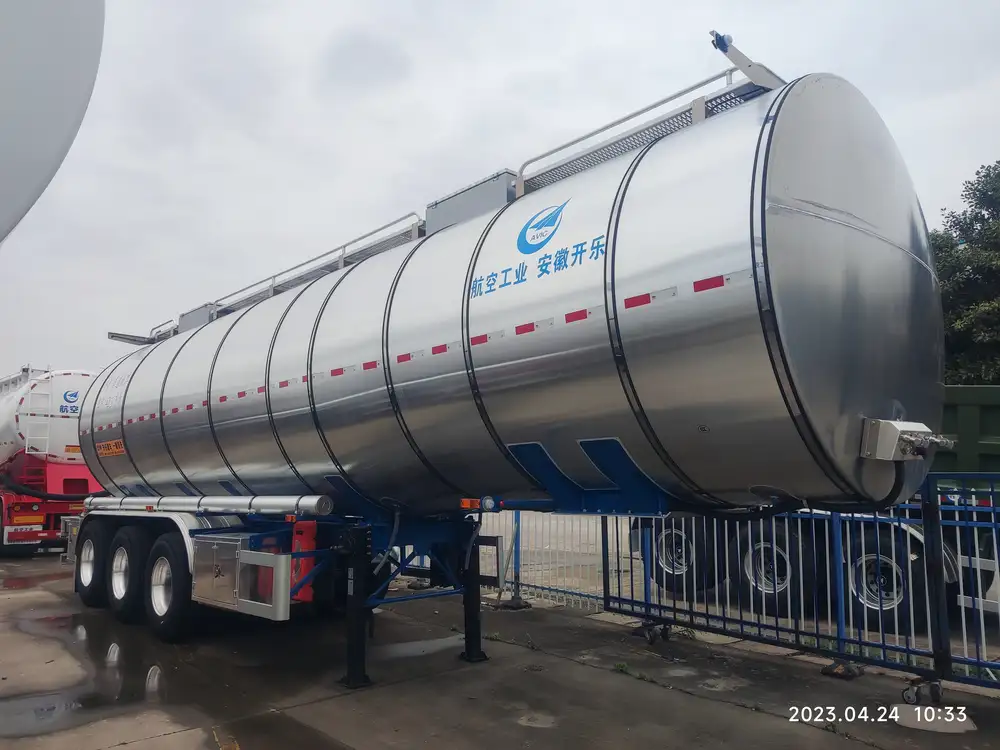
Implementing Real-Time Monitoring
Real-time monitoring systems provide continuous oversight of lifting operations, tracking parameters such as load weight, lift speed, and equipment status. This data enables operators to make informed decisions and swiftly address any anomalies.
Environmental and Regulatory Considerations
Complying with environmental regulations and standards is essential in container lifting operations. Adhering to these guidelines not only ensures legal compliance but also promotes sustainable practices.
Environmental Impact
- Emission Control: Utilizing equipment with low emissions to minimize environmental footprint.
- Energy Efficiency: Investing in energy-efficient lifting systems to reduce overall energy consumption.
- Waste Management: Implementing protocols for the proper disposal of waste materials generated during lifting operations.

Regulatory Compliance
- OSHA Standards: Adhering to Occupational Safety and Health Administration (OSHA) regulations for workplace safety.
- ISO Standards: Complying with International Organization for Standardization (ISO) guidelines for container handling and equipment specifications.
- Local Laws: Following regional laws and ordinances related to equipment operation, noise levels, and environmental protection.
Future Trends in Shipping Container Lifting
As technology advances, the landscape of container lifting continues to evolve. Staying abreast of these trends can provide a competitive edge and enhance operational efficiency.
Automation and Robotics
The integration of automation and robotics in lifting operations is revolutionizing the industry. Automated cranes and robotic arms offer precise control, reduced labor costs, and increased throughput.
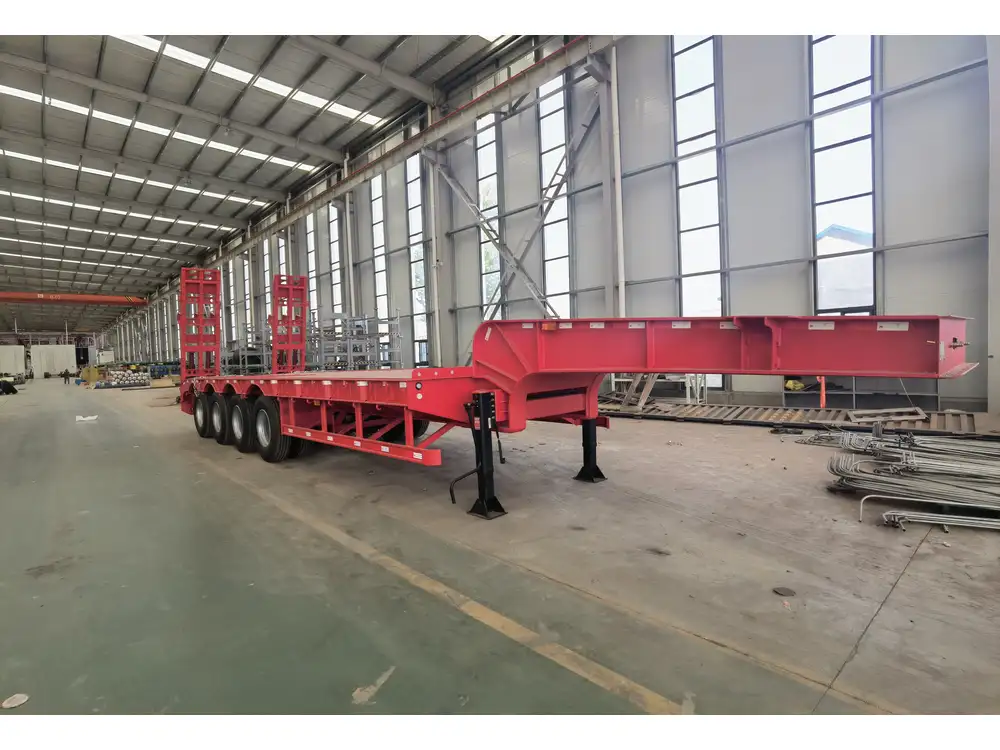
Internet of Things (IoT) Integration
IoT devices enable connectivity between equipment, allowing for real-time data collection and analysis. This connectivity facilitates predictive maintenance, operational optimization, and enhanced safety monitoring.
Sustainable Practices
The shift towards sustainability is driving the development of eco-friendly lifting solutions. Innovations such as electric-powered lifting equipment and recyclable materials are becoming increasingly prevalent.
Enhanced Safety Features
Advancements in safety technology, including collision avoidance systems and automated load balancing, are significantly reducing the risk of accidents and enhancing overall safety standards.
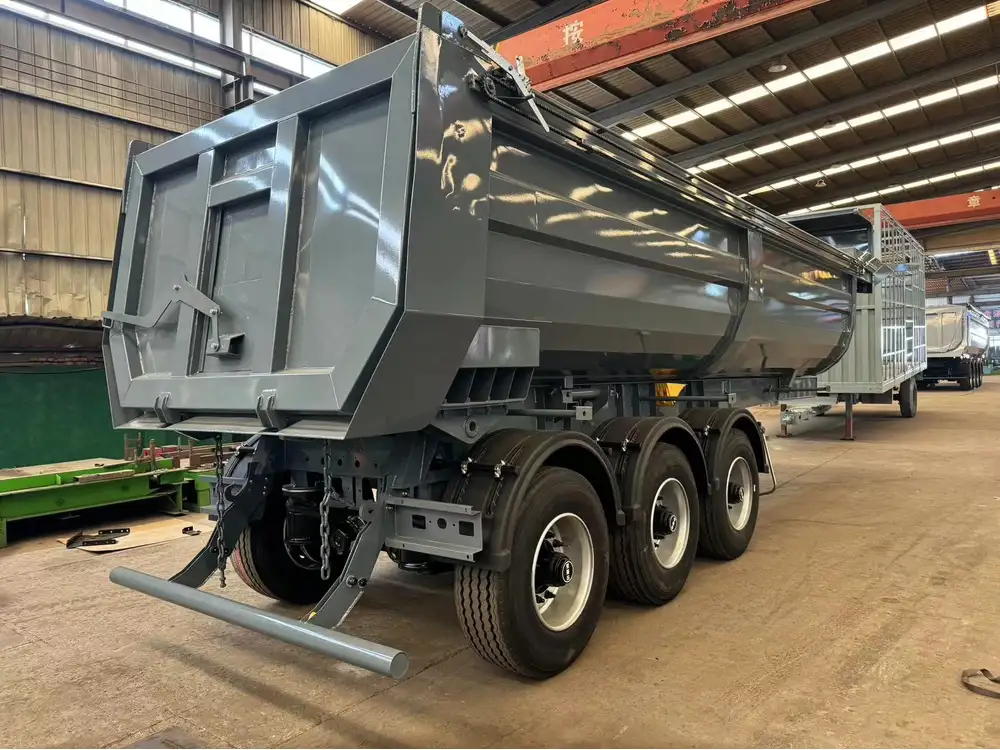
Conclusion
Lifting a shipping container is a complex task that requires meticulous planning, the right equipment, and strict adherence to safety protocols. At CarMax Vehicle, we are committed to providing top-tier solutions that cater to the diverse needs of container lifting operations. By understanding the fundamentals, selecting appropriate equipment, and implementing best practices, you can ensure efficient and safe lifting processes. As the industry evolves, embracing advanced technologies and sustainable practices will further enhance your container handling capabilities.
Frequently Asked Questions
1. What is the maximum weight a standard forklift can lift when handling shipping containers?
The lifting capacity of forklifts varies widely, typically ranging from 3 to 40 tons. It is essential to select a forklift that matches the container’s weight to ensure safe and efficient handling.
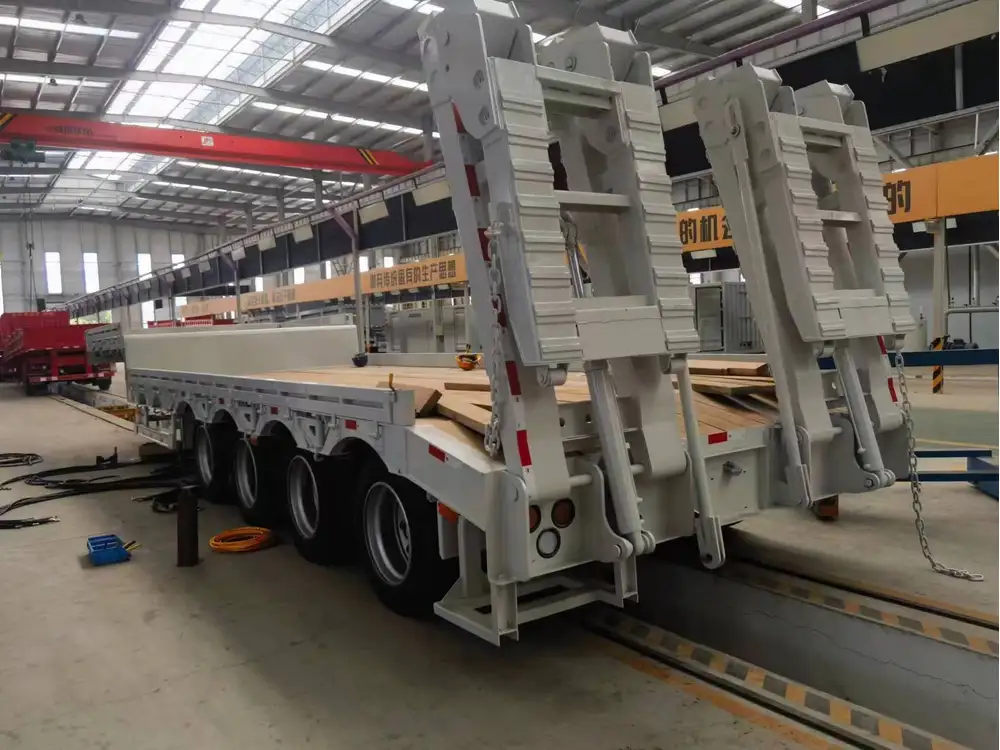
2. How often should lifting equipment be inspected for safety?
Regular inspections are crucial. It is recommended to perform daily pre-operation checks and comprehensive inspections monthly or as per the manufacturer’s guidelines to maintain safety and functionality.
3. What are the key safety features to look for in container lifting equipment?
Essential safety features include load sensors, emergency stop buttons, automatic braking systems, and stability controls. These features help prevent accidents and ensure safe lifting operations.
4. Can shipping containers be lifted without specialized equipment?
Lifting shipping containers without specialized equipment is highly risky and not recommended. Using appropriate equipment ensures safety, prevents damage to the container, and complies with regulatory standards.
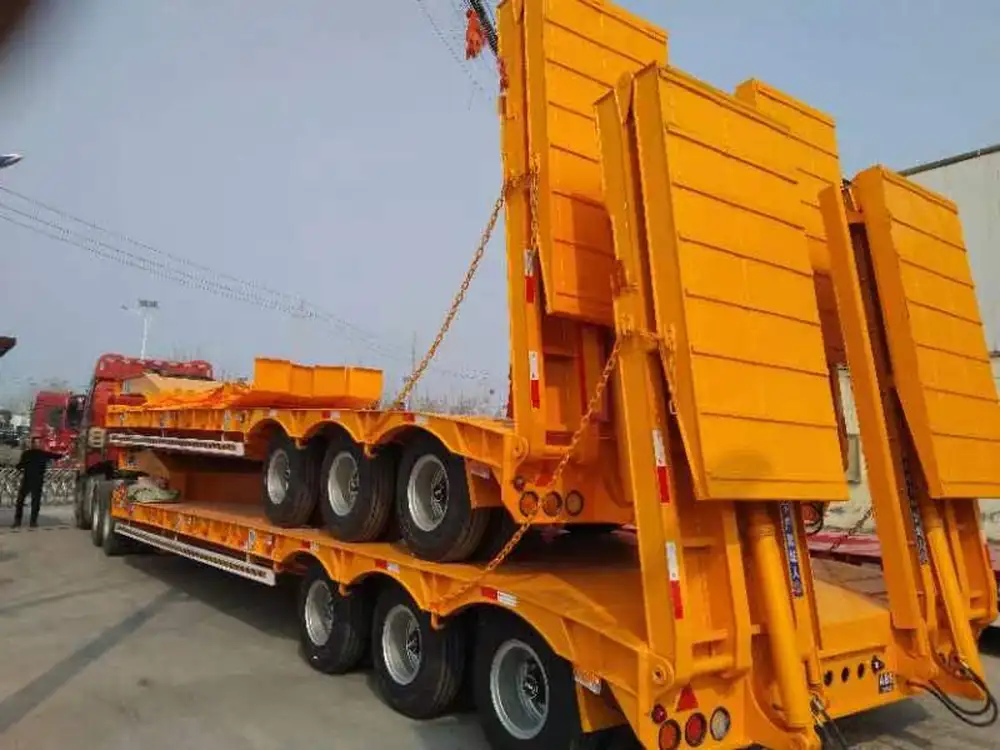
5. How can I train my team for safe container lifting operations?
Invest in comprehensive training programs that cover equipment operation, safety protocols, risk assessment, and emergency procedures. Certified training ensures that your team is well-equipped to handle lifting tasks safely and efficiently.



